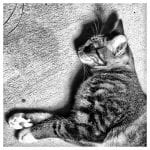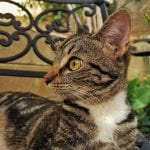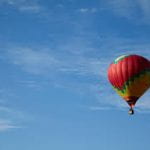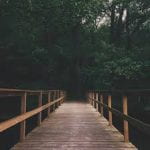After reading the article from Cambridge in Color, I learned many things about exposure. The first thing that I learned was that photograph’s exposure determines how light or dark an image will appear when it’s been captured by your camera. There are 3 camera settings that determine how light or dark an image will be are aperture, ISO and shutter speed. These 3 settings are also known as the exposure triangle. Natural light for a photographer was compared to the rate of rainfall, meaning that they’re both out of your control always. I learned that aperture controls area over which light can enter your cameras lens. Aperture is specified in terms of a f-stop value. This can be unreasonable at times because the area of the opening increases as the f-stop decreases. I also learned some photography slang! When someone says they are “stopping down” or “opening up” their lens, they mean that they are increasing and decreasing the f-stop value. Every time the f-stop value halves, the light-collecting area quadruples. This simply means that the lower your f-stop value is, the larger your lens is going to open. Its vice versa for when your f-stop value is high, the opening of your lens is smaller. Your f-stop value range can also vary based on the type of camera you have. A compact camera might have an available range of f/2.8 to f/8.0. On the other hand, a digital SLR camera might have a range of f/1.4 to f/32 with a portrait lens. I learned that shutter speed controls the duration of the exposure. A camera’s shutter determines when the camera sensor will be open or closed to incoming light from the camera lens. The shutter speed specifically refers to how long this light can enter the camera. When the exposure time doubles the amount of light entering the camera doubles. Shutter speed is a great tool for freezing or exaggerating the appearance of motion. Lastly, I learned that the ISO speed controls the sensitivity of your camera’s sensor to a given amount of light. ISO speed also has a ratio of 1:1, just like shutter speed. Although, unlike aperture and shutter speed, a lower ISO speed is almost always desirable, since higher ISO speeds dramatically increase image noise. ISO speed is usually only increased from its minimum value if the desired aperture and shutter speed aren’t otherwise obtainable.



















